Portland balances its reputation as a foodie destination with a maritime character that extends far deeper than the lobster rolls and craft breweries that attract most visitors. This working port city offers discoveries that reveal layers of history, culture, and natural beauty that remain largely unknown to casual tourists who never venture beyond the Old Port’s obvious attractions.
The city’s location on Casco Bay creates opportunities for urban exploration that seamlessly blend with coastal adventures, while its compact size makes it possible to experience everything from world-class museums to secluded beaches within a single day. Here is a list of 15 hidden gems that showcase why Portland consistently surprises visitors who take time to explore beyond the well-worn tourist paths.
Eastern Cemetery

Portland’s oldest burial ground contains graves dating to the 1660s while providing hillside views of Casco Bay that make it one of the city’s most peaceful and historically significant spaces. The cemetery’s weathered headstones tell stories of sea captains, early settlers, and prominent citizens while demonstrating changing attitudes toward death and memorialization across three centuries.
Walking tours reveal connections between buried residents and Portland landmarks, creating a deeper understanding of how individual lives shaped the city’s development.
Fort Gorges
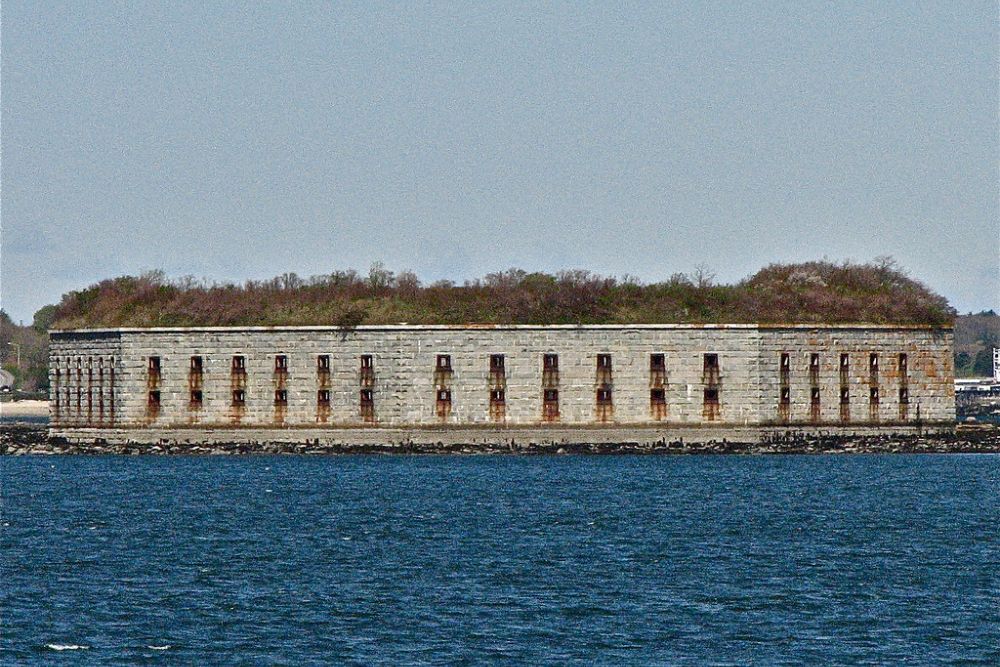
This Civil War-era fortress sits on a small island in Casco Bay, where visitors can explore remarkably preserved military architecture while enjoying panoramic views of Portland’s waterfront and surrounding islands. The fort’s isolation means reaching it requires arranging private boat transportation, but the effort rewards visitors with virtually exclusive access to one of New England’s most intact coastal defense installations.
The fortress’s granite construction and strategic location demonstrate 19th-century military engineering while providing insight into Portland’s role in national defense.
Like Travel Pug’s content? Follow us on MSN.
Baxter Woods
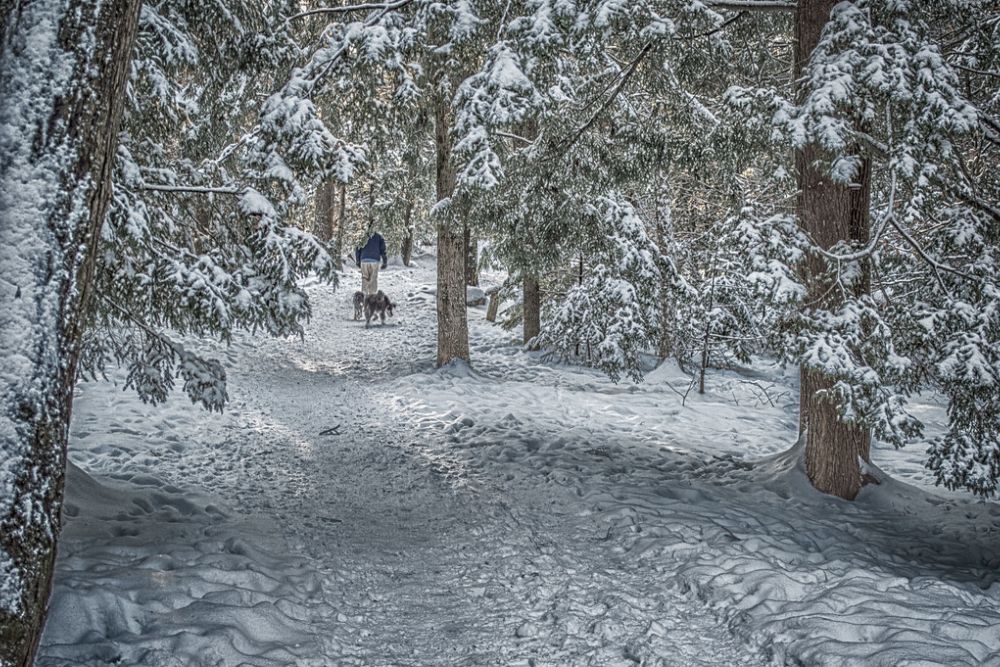
This 30-acre forest preserve exists within Portland’s residential neighborhoods while providing hiking trails that feel completely removed from urban surroundings. The preserve’s diverse habitats support bird species rarely seen elsewhere in the city, while its trail system connects with other green spaces to create wildlife corridors that enhance Portland’s environmental quality.
Residents treat the preserve as their private nature sanctuary, though visitors who discover it find peaceful hiking opportunities just minutes from downtown.
Portland Observatory
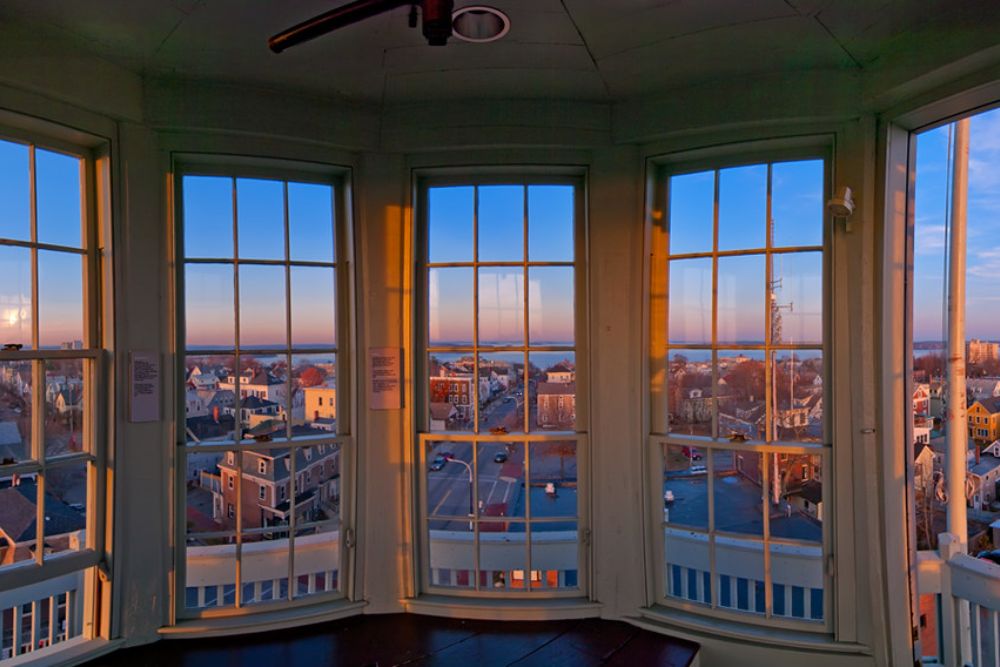
This octagonal wooden tower served as a maritime signal station when Portland was one of America’s busiest ports, and today it provides the city’s best panoramic views for visitors willing to climb 103 steps to the top. The observatory’s unique architecture represents the only remaining historic maritime signal tower in the country, while its hilltop location offers 360-degree views that encompass the city, Casco Bay, and distant mountains.
Guided tours explain the complex signaling system that helped merchants track approaching ships and cargo.
Willard Beach
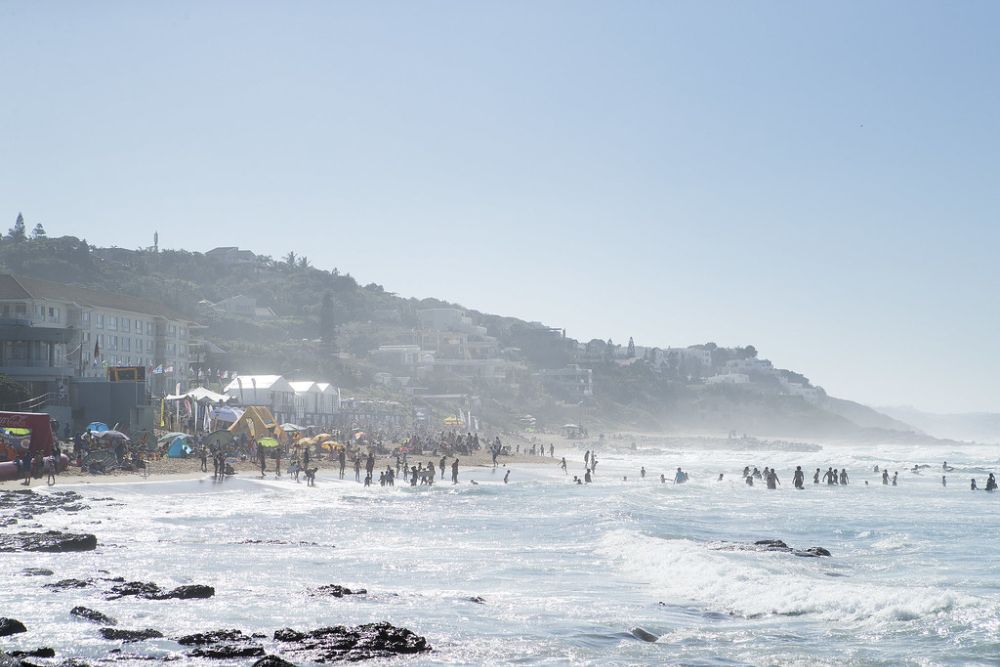
This neighborhood beach in South Portland offers swimming, walking, and sunset viewing opportunities without the crowds that flock to more famous Maine coastal destinations. The beach’s location across the harbor from downtown Portland provides excellent city skyline views while maintaining the relaxed atmosphere of a local community beach.
During different seasons, the beach serves different purposes, from summer swimming to winter storm watching, which demonstrates the Atlantic Ocean’s power.
Like Travel Pug’s content? Follow us on MSN.
Riverton Trolley Park
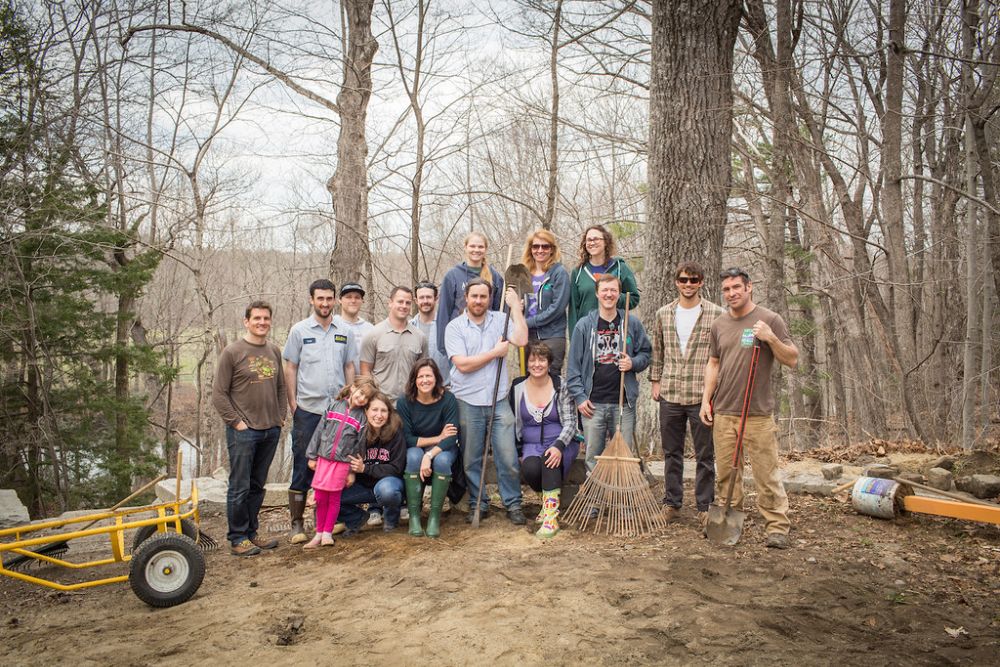
This historic park preserves the site of Portland’s early 20th-century amusement park while providing contemporary recreation opportunities along the Presumpscot River. The park’s trails follow the river through landscapes that transition from urban to surprisingly wild, while interpretive signs tell the story of how streetcar companies created recreational destinations to generate weekend ridership.
Remnants of the original amusement park create historical intrigue, while the river setting provides excellent fishing and wildlife viewing.
Great Diamond Island
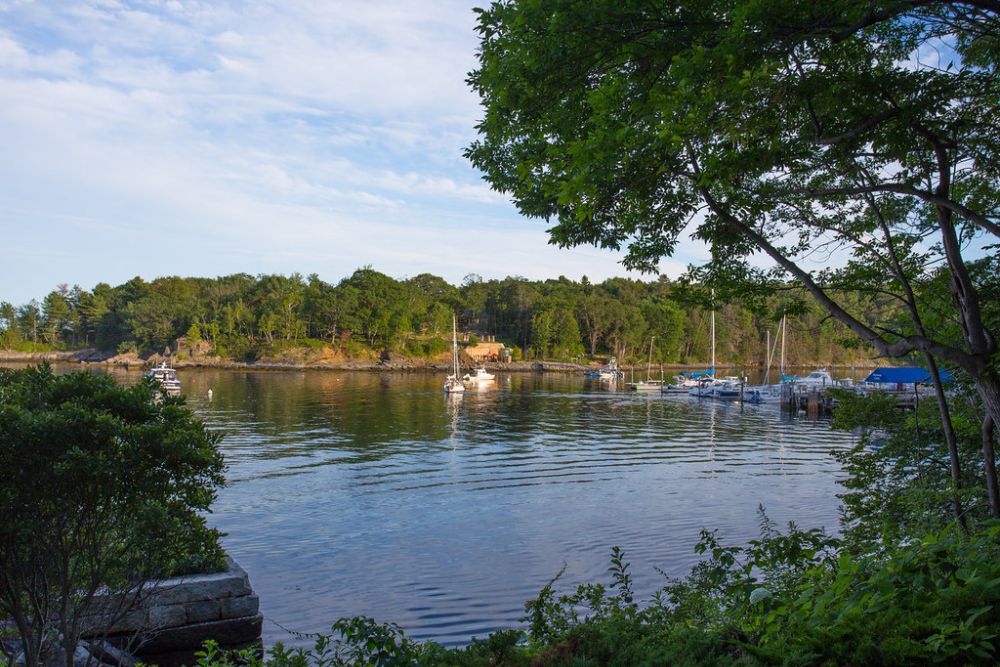
A short ferry ride from Portland transports visitors to this car-free island, where historic military buildings have been converted into private residences while miles of walking paths provide access to rocky shorelines and hidden beaches. The island’s Fort McKinley preserves extensive military architecture from the Spanish-American War era, while the surrounding landscapes offer some of Casco Bay’s most dramatic coastal scenery.
The ferry schedule requires planning day trips carefully, but the island’s peaceful character rewards visitors with authentic Maine island experiences.
Deering Oaks Park
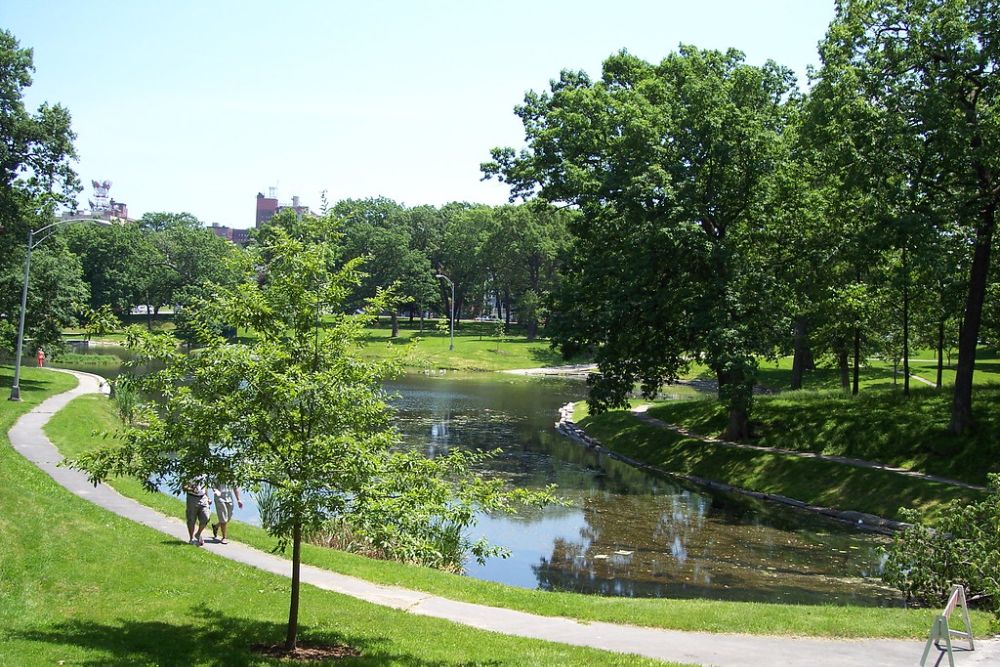
Portland’s version of Central Park provides 55 acres of green space that includes formal gardens, walking paths, and a pond that attracts both waterfowl and urban residents seeking respite from city life. The park’s design reflects 19th-century landscape architecture principles while accommodating contemporary recreation needs from playgrounds to farmers’ markets.
During different seasons, the park transforms from a summer concert venue to a winter sledding destination.
Like Travel Pug’s content? Follow us on MSN.
Portland Head Light and Fort Williams Park
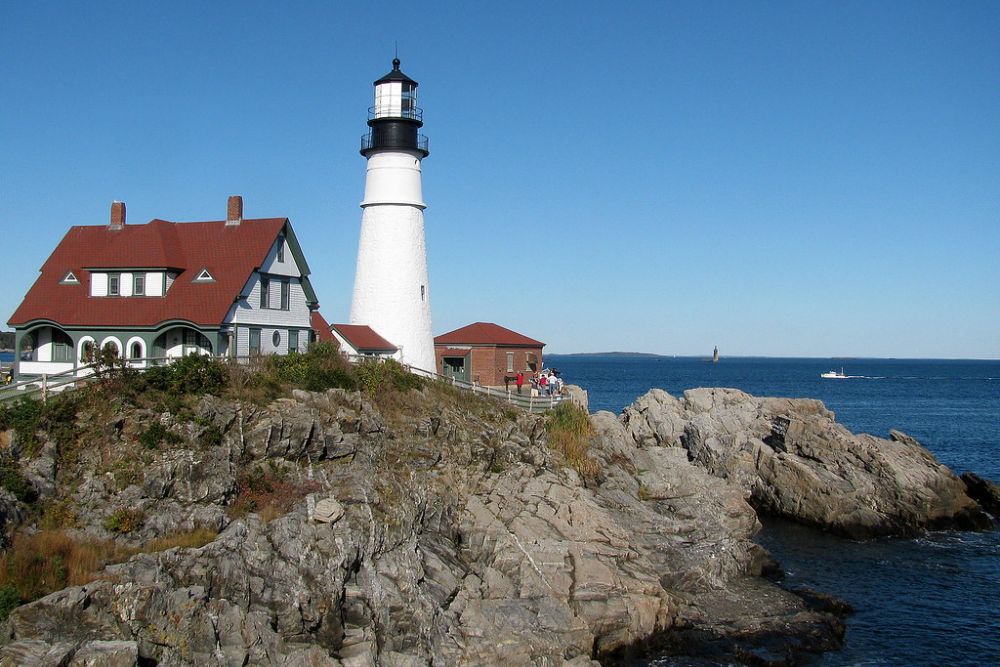
While the lighthouse itself attracts tourists, the surrounding Fort Williams Park contains military ruins, coastal walking trails, and hidden beaches that most visitors overlook while focusing on the famous lighthouse. The park’s 90 acres preserve the site of a major coastal defense installation while providing access to some of southern Maine’s most dramatic rocky coastline.
Exploring beyond the lighthouse reveals bunkers, gun emplacements, and other military remnants that tell stories about Portland’s strategic importance during the two World Wars.
Tate House Museum
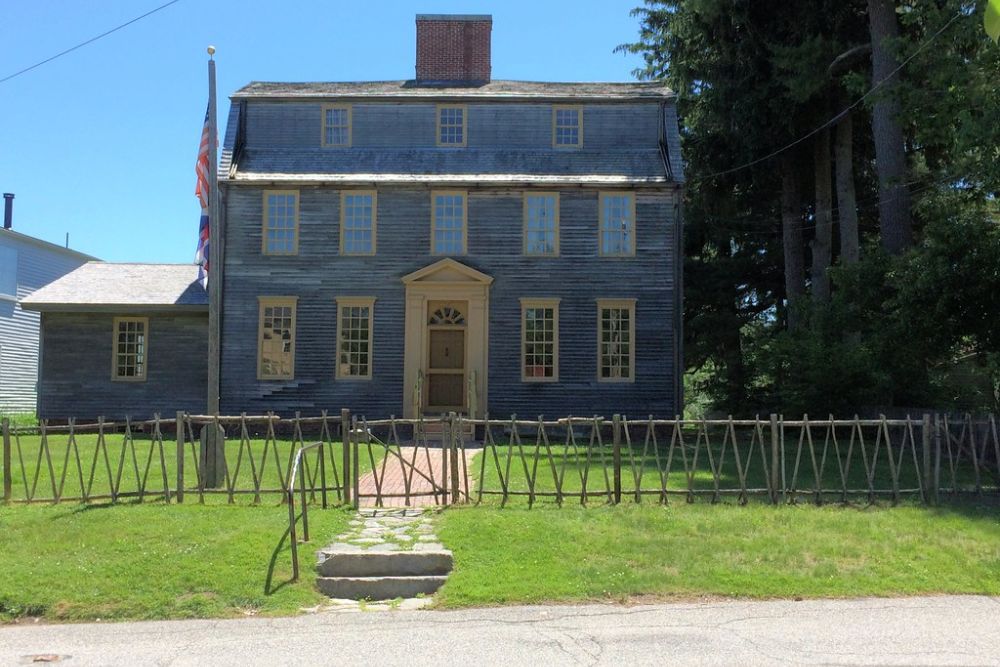
This 1755 Georgian mansion preserves one of New England’s finest examples of pre-Revolutionary architecture while telling the story of how the mast trade connected Portland forests with British naval power. The house museum’s period rooms and interpretive programs explain daily life in colonial Portland, while the building’s sophisticated architecture demonstrates the wealth generated by maritime commerce.
The museum’s location in the Stroudwater neighborhood provides context for understanding how different areas of Portland developed distinct characters.
Back Cove Trail
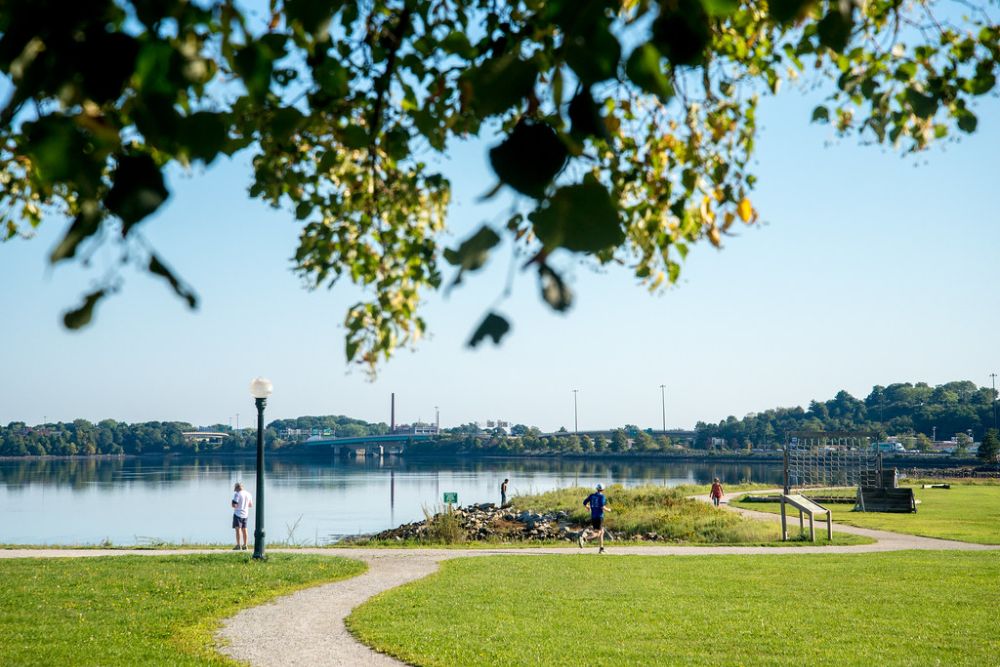
This paved loop trail circles a tidal estuary that provides wildlife habitat within Portland’s urban core while offering walking, jogging, and biking opportunities with constantly changing water views. The trail’s 3.5-mile length makes it ideal for exercise, while its location provides excellent perspectives on Portland’s skyline and surrounding neighborhoods.
During different tide cycles, the cove reveals mudflats that attract shorebirds or fill with water that reflects the surrounding landscapes.
Like Travel Pug’s content? Follow us on MSN.
Mackworth Island
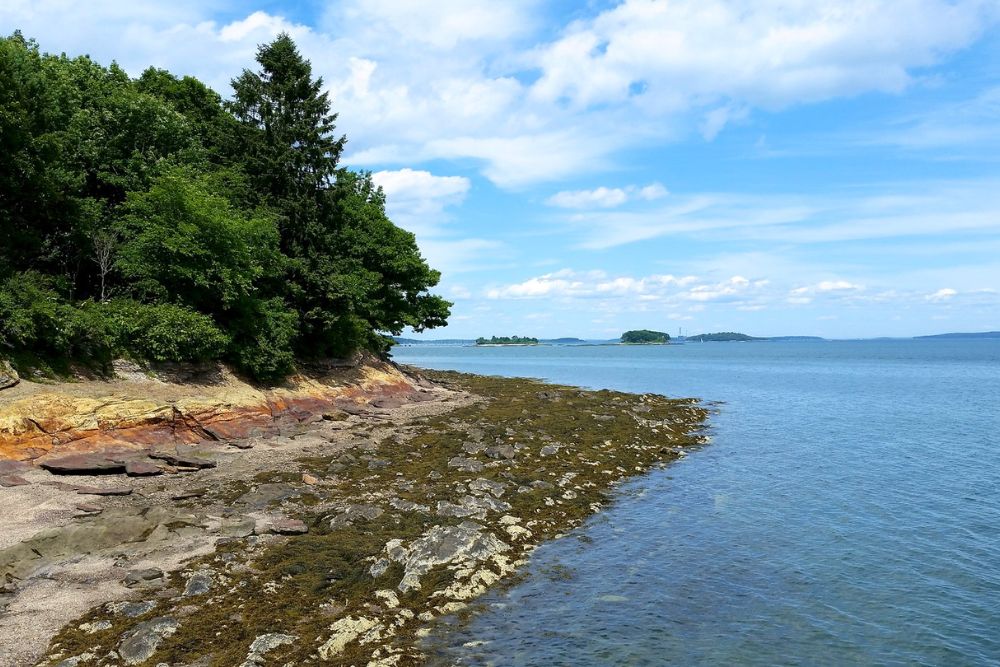
Connected to the mainland by a causeway, this 100-acre island provides easy access to coastal hiking trails, rocky beaches, and the governor’s official residence while maintaining a wild character despite its proximity to Portland. The island’s perimeter trail offers excellent Casco Bay views while passing through diverse coastal habitats that support both resident and migratory bird species.
The island’s Baxter School for the Deaf adds historical significance, while the Fairy Houses created by visitors add whimsical touches to forest walks.
Portland Museum of Art
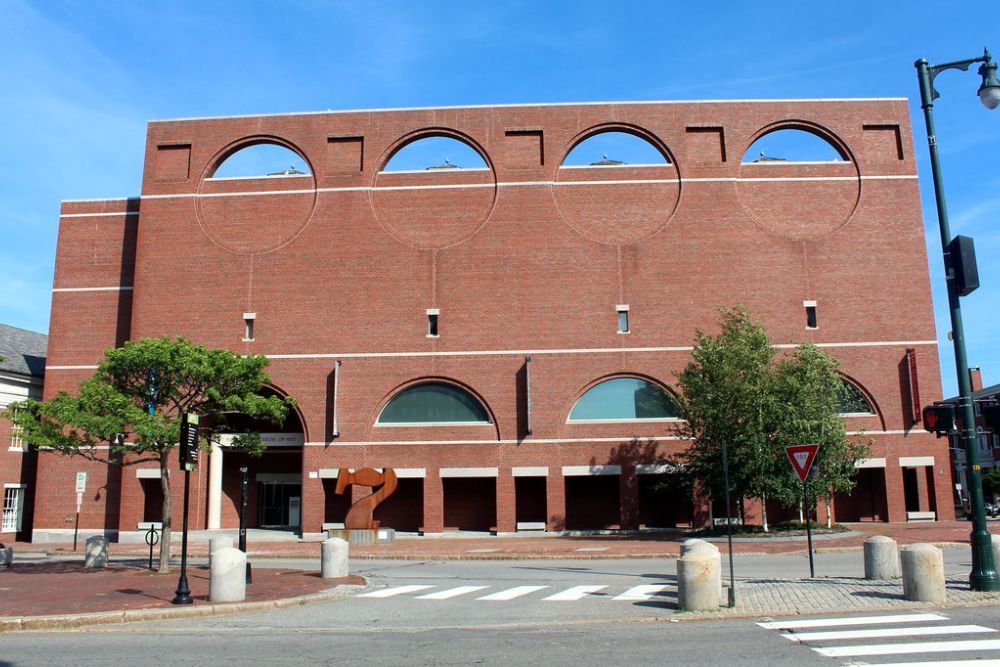
While not exactly hidden, this museum’s collection of Maine-related art and its Winslow Homer works provides insights into how artists have interpreted the region’s landscapes and maritime culture throughout history. The museum’s contemporary building houses collections that span from colonial portraiture to cutting-edge contemporary installations, while special exhibitions often focus on Maine themes that provide context for understanding regional culture.
The museum’s downtown location makes it an easy addition to other Portland explorations.
Spring Point Shoreway
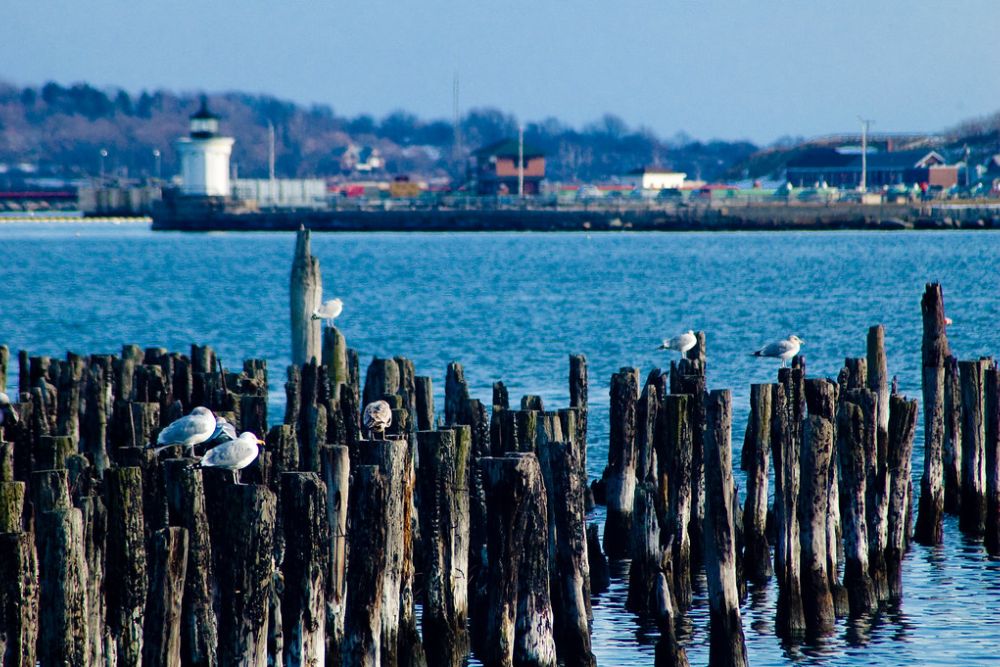
This scenic drive follows the South Portland coast while providing access to multiple parks, beaches, and historical sites that showcase different aspects of Casco Bay’s maritime heritage. The route connects Fort Gorges, Spring Point Light, and other coastal attractions while passing through residential neighborhoods that demonstrate how Portlanders integrate coastal living with urban amenities.
Several pullouts along the route provide opportunities for photography and quiet contemplation of maritime landscapes.
Like Travel Pug’s content? Follow us on MSN.
Presumpscot River
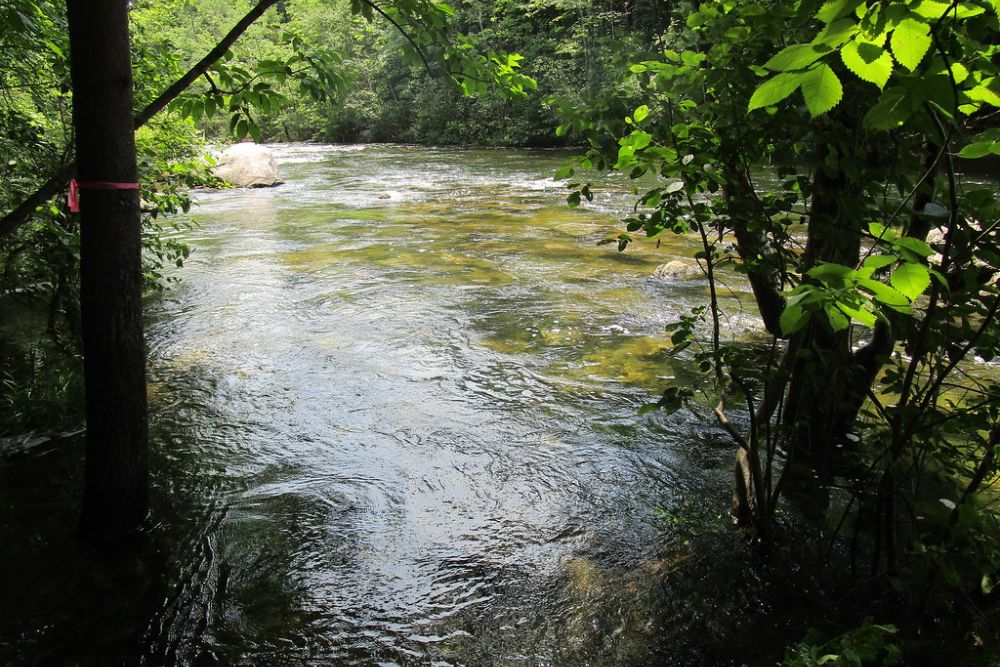
This urban river provides surprising opportunities for kayaking, fishing, and wildlife viewing within Portland’s city limits while connecting the city with inland lakes and forests. The river’s path through different neighborhoods reveals how Portland developed around its waterways while providing access to natural areas that support diverse plant and animal communities.
During different seasons, the river offers everything from spring canoe trips to winter wildlife tracking along its banks.
Beyond the Obvious Attractions
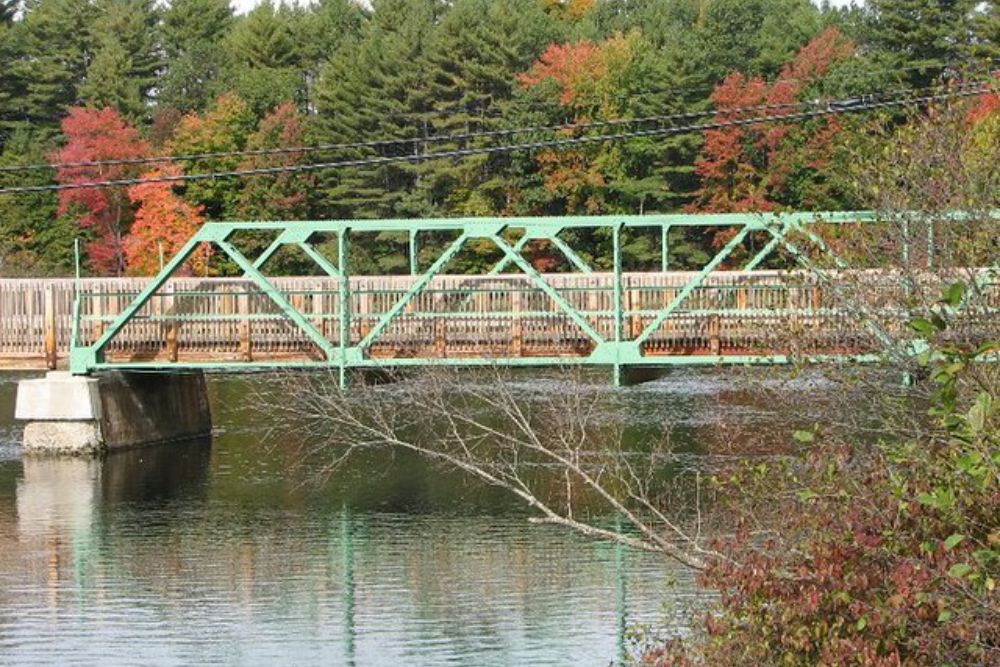
Portland’s hidden gems reveal a city that maintains authentic Maine character while embracing contemporary culture and creativity in ways that enhance rather than diminish its maritime heritage. These lesser-known places provide opportunities for visitors to experience Portland as residents do, discovering that the city’s appeal extends far beyond its famous restaurants and historic waterfront.
The combination of accessible natural areas, preserved historical sites, and cultural institutions creates a destination where exploration continues to reveal discoveries long after the obvious attractions have been experienced.
More from Travel Pug

- 20 Best Beach Towns in the Carolinas
- 13 Destinations Where Tourists Regularly Regret Their Trip
- 20 Things You Actually Get in First Class
- 20 Small Airports With Aviation Museums
- 20 Places in the U.S. That Are Perfect for a Reset Trip
Like Travel Pug’s content? Follow us on MSN.
